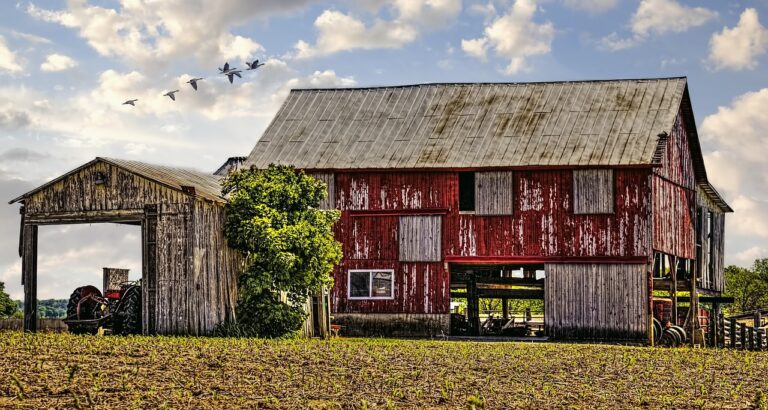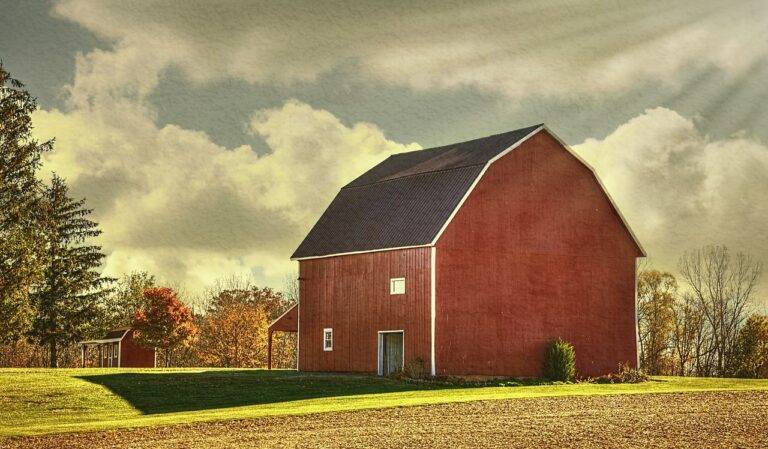Designing a Home Wine Cellar with Climate Control: Perfect Conditions for Wine Storage
When building a home wine cellar, it is crucial to consider the overall size and capacity needed for your collection. Assess how many wine bottles you currently own and anticipate acquiring in the future to determine the appropriate storage space required. Additionally, think about the types of wines you prefer to store, as certain bottles may need specific storage conditions such as temperature and humidity levels.
Another key consideration is the location of your wine cellar within your home. Ideally, the cellar should be situated in a cool, dark, and stable environment free from vibrations and odors that can affect the quality of your wines. Choose a spot that is easily accessible yet away from areas with fluctuating temperatures, like kitchens or near windows.
• Assess the overall size and capacity needed for your wine collection
• Consider the types of wines you prefer to store and their specific storage requirements
• Determine the appropriate storage space required based on current and future wine bottle quantities
• Choose a location within your home that is cool, dark, stable, and free from vibrations and odors
Selecting the Right Location for Your Wine Cellar
When it comes to selecting the right location for your wine cellar, one of the most important considerations is ensuring a consistent temperature. Wine requires a stable environment with minimal fluctuations in temperature to age properly. Ideally, the location should maintain a temperature between 55 and 58 degrees Fahrenheit. Variations beyond this range can negatively impact the quality and aging process of your wine collection.
In addition to temperature, humidity levels are another crucial factor to consider when choosing the location for your wine cellar. The humidity in the cellar should fall between 60-70% to keep the corks moist and prevent them from drying out. Dry corks can lead to oxidation of the wine, affecting its taste and aroma. By selecting a location with the appropriate humidity levels, you can ensure your wine is stored in optimal conditions for aging gracefully.
Choosing the Best Insulation for Your Wine Cellar
When it comes to building a wine cellar, selecting the right insulation is crucial to maintaining the ideal conditions for wine storage. Insulation helps regulate temperature and humidity levels, preventing fluctuations that could harm your valuable wine collection. The most commonly used insulation materials for wine cellars include spray foam, rigid foam boards, and fiberglass.
Spray foam insulation is a popular choice for wine cellars due to its ability to create airtight seals, preventing air leakage which can impact temperature control. Rigid foam boards are another excellent option as they offer high thermal resistance and moisture resistance, ideal for maintaining a consistent environment inside the wine cellar. Fiberglass insulation is a more budget-friendly choice, providing decent thermal insulation properties while being easy to install. Consider your specific needs and budget when selecting the best insulation for your wine cellar.
What are the key considerations for building a home wine cellar?
Some key considerations for building a home wine cellar include selecting the right location, choosing the best insulation, ensuring proper ventilation, and investing in a quality cooling system.
How do I select the right location for my wine cellar?
When selecting a location for your wine cellar, it is important to choose a space that is away from direct sunlight, has minimal temperature fluctuations, and is well-insulated to maintain the ideal storage conditions for your wine.
Why is choosing the best insulation important for a wine cellar?
Choosing the best insulation for your wine cellar is important because it helps to regulate temperature and humidity levels, which are crucial for preserving the quality of your wine. Proper insulation can also help reduce energy costs associated with cooling your wine cellar.
What are some common types of insulation used in wine cellars?
Some common types of insulation used in wine cellars include spray foam insulation, rigid foam insulation, and fiberglass insulation. Each type has its own benefits and considerations, so it is important to choose the one that best suits your needs.
How can I ensure that my wine cellar is properly insulated?
To ensure that your wine cellar is properly insulated, it is recommended to work with a professional contractor who has experience in wine cellar construction. They can help you select the right insulation materials and ensure that they are installed correctly to create an optimal storage environment for your wine.







